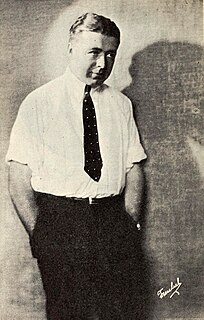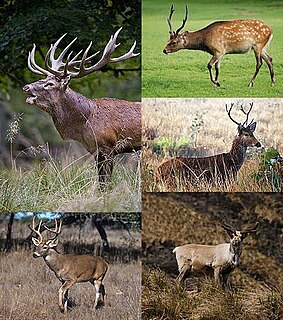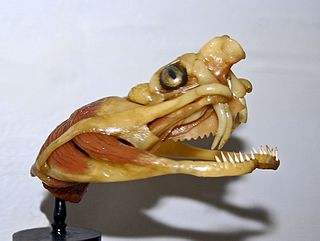
The Crying Game is a 1992 British thriller film written and directed by Neil Jordan. The film explores themes of race, gender, nationality, and sexuality against the backdrop of the Troubles in Northern Ireland.

How the West Was Won is a 1962 American Metrocolor epic-western film. The picture was one of the last "old-fashioned" epic films made by Metro-Goldwyn-Mayer to enjoy great success. Set between 1839 and 1889, it follows four generations of a family as they move from western New York to the Pacific Ocean. The picture was one of only two dramatic films made in the curved-screen three-projector Cinerama process, which added to its original impact.

Eldred Gregory Peck was an American actor. He was one of the most popular film stars from the 1940s to the 1960s. Peck received five Academy Award for Best Actor nominations and won once for his performance as Atticus Finch in the 1962 drama film To Kill a Mockingbird.

Spellbound is a 1945 American film noir psychological mystery thriller film directed by Alfred Hitchcock. It tells the story of the new head of a mental asylum who turns out not to be what he claims. The film stars Ingrid Bergman, Gregory Peck, Michael Chekhov and Leo G. Carroll. It is an adaptation by Angus MacPhail and Ben Hecht of the novel The House of Dr. Edwardes (1927) by Hilary Saint George Saunders and John Palmer.
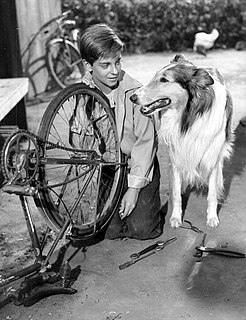
Lassie is a fictional character created by Eric Knight. She is a female Rough Collie dog, and is featured in a short story that was later expanded to a full-length novel called Lassie Come-Home. Knight's portrayal of Lassie bears some features in common with another fictional female collie of the same name, featured in the British writer Elizabeth Gaskell's 1859 short story "The Half Brothers." In "The Half Brothers", Lassie is loved only by her young master and guides the adults back to where two boys are lost in a snowstorm.

Marjorie Kinnan Rawlings was an American author who lived in rural Florida and wrote novels with rural themes and settings. Her best known work, The Yearling, about a boy who adopts an orphaned fawn, won a Pulitzer Prize for fiction in 1939 and was later made into a movie of the same name. The book was written long before the concept of young adult fiction, but is now commonly included in teen-reading lists.

Claude Jarman Jr. is an American former child actor.
Pennies From Heaven is a 1978 BBC musical drama serial written by Dennis Potter. The title is taken from the song "Pennies from Heaven" written by Johnny Burke and Arthur Johnston. It was one of several Potter serials to mix the reality of the drama with a dark fantasy content, and the earliest of his works where the characters burst into extended performances of popular songs.

Cross Creek is a 1983 film starring Mary Steenburgen as The Yearling author Marjorie Kinnan Rawlings. The film is directed by Martin Ritt and is based in part on Rawlings's 1942 memoir Cross Creek.

Moby Dick is a 1956 film adaptation of Herman Melville's novel Moby-Dick. It was directed by John Huston with a screenplay by Huston and Ray Bradbury. The film starred Gregory Peck, Richard Basehart, and Leo Genn.

Meg Randall was an American film actress. She was active in motion pictures, radio, and television between 1946 and 1961, changing her name from Gene Roberts to Meg Randall in mid-1948.

To Kill a Mockingbird is a 1962 American drama film directed by Robert Mulligan. The screenplay by Horton Foote is based on Harper Lee's 1960 Pulitzer Prize-winning novel of the same name. It stars Gregory Peck as Atticus Finch and Mary Badham as Scout. To Kill a Mockingbird marked the film debuts of Robert Duvall, William Windom, and Alice Ghostley.

Designing Woman is a 1957 American romantic comedy film about two young, whirlwind-romanced newlywed professionals and their misadventures in adjusting to each other's lifestyles. Vincente Minnelli directed the picture, which stars Lauren Bacall and Gregory Peck. George Wells won an Academy Award for the screenplay.
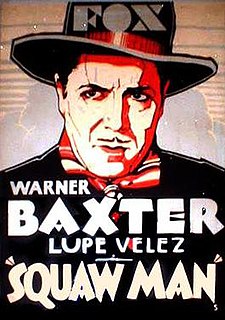
The Squaw Man is an American 1931 pre-Code film directed by Cecil B. DeMille. It was the third version of the same play that he filmed, and the first in sound. It stars Warner Baxter in the leading role.

Homecoming is a 1948 romantic drama starring Clark Gable and Lana Turner. It was the third of their four films together, and like two of the others, was about a couple caught up in World War II.

The Purple Plain, also known as Llanura Roja, is a 1954 British war film, directed by Robert Parrish, with Gregory Peck playing a Royal Canadian Air Force pilot serving in the Royal Air Force in the Burma Campaign in the closing months of the World War II, who is battling with depression after having lost his wife. It was nominated for two BAFTA awards.
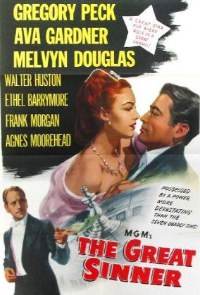
The Great Sinner is a 1949 American drama film directed by Robert Siodmak. Based on the 1866 short novel The Gambler written by Fyodor Dostoyevsky, the film stars Gregory Peck, Ava Gardner, Frank Morgan, Ethel Barrymore, Walter Huston, Agnes Moorehead and Melvyn Douglas.

The Secret River is a children's fantasy book by Marjorie Kinnan Rawlings, author of The Yearling. Published in 1955, The Secret River received a Newbery Honor Award. The first edition, illustrated by Caldecott Medal winner Leonard Weisgard, was issued after Rawlings' death. The book was revised and reissued in 2009 with illustrations by Caldecott Medalists Leo and Diane Dillon. The new edition received an international children's book design award in 2012. The Secret River is the only book Rawlings wrote specifically for children. The story of young Calpurnia, who goes on a quest to find a magical river and catch fish for her starving family and friends, it has two themes common in Rawlings' writing, the magic of childhood and the struggle of people to survive in a harsh environment.


